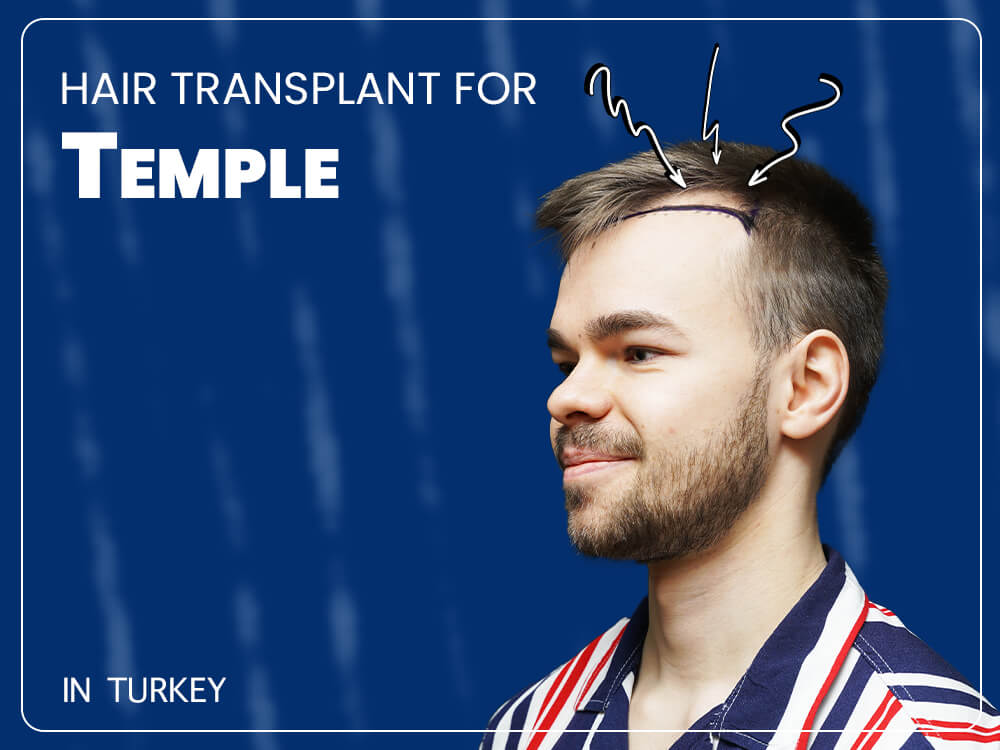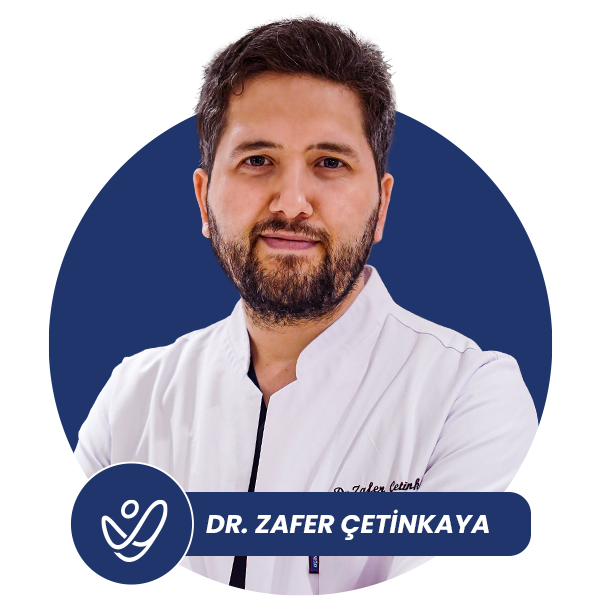
Hair transplantation is a non-invasive procedure that involves moving hair follicles from one part of the body, known as the ‘donor site’, to a bald or balding part of the body, known as the ‘recipient site’. This procedure is primarily used to treat male pattern baldness, and it can also be used to restore eyelashes, eyebrows, beard hair, chest hair, and to fill in scars caused by accidents or surgery. This article will focus on hair transplantation for temples, specifically in Turkey, which has become a popular destination for this procedure due to its high-quality services and affordable prices.
When it comes to hair transplantation for temples, there are several factors to consider, including the cause of hair loss, the suitability of the patient for the procedure, the type of hair transplantation technique used, the experience and expertise of the doctor, and the aftercare and recovery process. This article will delve into each of these aspects in detail, providing a comprehensive guide for anyone considering this procedure.
Causes of Hair Loss at the Temples
Hair loss at the temples can be caused by a variety of factors, including genetic predisposition, hormonal changes, stress, poor nutrition, certain medical conditions and treatments, and aging. It’s important to understand the underlying cause of your hair loss, as this can influence the success of the hair transplantation procedure and the overall results.
Genetic predisposition is the most common cause of hair loss at the temples. This type of hair loss, known as androgenetic alopecia or male pattern baldness, is characterized by a receding hairline and thinning hair at the temples and crown of the head. It’s caused by a combination of genetics and the male hormone dihydrotestosterone (DHT), which causes hair follicles to shrink and eventually stop producing hair.
Other Causes of Hair Loss
Other causes of hair loss at the temples include hormonal changes, such as those that occur during menopause or pregnancy, and certain medical conditions, such as thyroid disorders, iron deficiency anemia, and autoimmune diseases like lupus. Certain medications and treatments, such as chemotherapy, can also cause hair loss.
Stress and poor nutrition can also contribute to hair loss. Stress can disrupt the normal hair growth cycle, causing hair to enter the shedding phase prematurely. Poor nutrition, particularly deficiencies in vitamins and minerals essential for hair growth, can also lead to hair loss.
Suitability for Hair Transplantation
Not everyone is a suitable candidate for hair transplantation. The suitability for this procedure is determined by several factors, including the amount and quality of donor hair, the extent of hair loss, the patient’s age and general health, and the patient’s expectations and goals.
The amount and quality of donor hair is one of the most important factors in determining the suitability for hair transplantation. The best candidates for this procedure have a sufficient amount of healthy, dense hair in the donor area, usually the back and sides of the head. This hair is used to transplant to the balding areas.
Extent of Hair Loss and Patient’s Age
The extent of hair loss is another important factor in determining suitability for hair transplantation. Patients with more extensive hair loss may require more grafts to achieve their desired results, which may not be possible if there is not enough donor hair. Additionally, the patient’s age can also influence the suitability for this procedure. Younger patients may not be ideal candidates, as their hair loss pattern may not be fully established, and they may continue to lose hair after the procedure.
The patient’s general health is also an important consideration. Patients should be in good health and free from any medical conditions that could interfere with the procedure or recovery. Finally, the patient’s expectations and goals should be realistic. Hair transplantation can improve the appearance and self-confidence, but it’s important to understand that the results may not perfectly replicate the original hair growth.
Hair Transplantation Techniques
There are several techniques used in hair transplantation, including Follicular Unit Extraction (FUE), and Direct Hair Implantation (DHI). Each technique has its own advantages and disadvantages, and the choice of technique depends on the patient’s needs and the doctor’s expertise. Check out FUE vs DHI article for a comprehensive comparison.
FUT, also known as strip harvesting, involves removing a strip of skin from the donor area, from which individual hair follicles are then extracted and transplanted to the recipient area. This technique is no longer used in Turkey as it is outdated and leaves a linear scar in the donor area and requires a longer recovery time.
Follicular Unit Extraction (FUE)
FUE, on the other hand, involves extracting individual hair follicles from the donor area and transplanting them to the recipient area. This technique does not leave a linear scar and has a shorter recovery time, but it may require multiple sessions to transplant a large number of grafts.
DHI is a newer technique that uses a special tool to directly implant hair follicles into the recipient area. This technique allows for precise placement of the grafts, which can result in a more natural-looking result. However, it requires a high level of skill and expertise, and it may not be suitable for all patients.
Choosing a Doctor
Choosing the right doctor is crucial for the success of the hair transplantation procedure. The doctor should be experienced and skilled in the technique that will be used, and they should have a proven track record of successful results. It’s also important to choose a doctor who you feel comfortable with and who understands your goals and expectations.
When choosing a doctor, consider their qualifications, experience, and results. They should be board-certified and have extensive experience in hair transplantation. You can ask to see before and after photos of their previous patients, and you can also ask for references. It’s also a good idea to meet with the doctor in person to discuss your goals and expectations, and to get a feel for their approach and personality.
Considerations for Choosing a Doctor in Turkey
When choosing a doctor in Turkey, there are additional considerations to keep in mind. Turkey has become a popular destination for hair transplantation due to its high-quality services and affordable prices. However, it’s important to do your research and choose a reputable clinic and doctor.
Look for a clinic that is accredited by international organizations, such as the International Society of Hair Restoration Surgery (ISHRS), and that follows the highest standards of safety and quality. The doctor should be board-certified and have extensive experience in hair transplantation. You should also consider the clinic’s facilities, the level of aftercare provided, and the overall cost of the procedure.
Aftercare and Recovery
Aftercare and recovery are important aspects of the hair transplantation process. After the procedure, you will need to take care of the transplanted area and follow the doctor’s instructions to ensure the best results. This may include taking prescribed medications, avoiding certain activities, and attending follow-up appointments.
Immediately after the procedure, the transplanted area may be red and swollen, and you may experience some discomfort. This is normal and should subside within a few days. You should avoid touching or scratching the transplanted area, as this can dislodge the grafts and affect the results. You should also avoid strenuous activities and heavy lifting for at least a week after the procedure.
Long-Term Care and Results
In the long term, you should take care of your transplanted hair just like your natural hair. This includes washing and styling it gently, and protecting it from sun exposure. It’s also important to maintain a healthy lifestyle, as this can promote hair growth and improve the results of the procedure.
The results of hair transplantation are typically visible after three to four months, and the final results are usually seen after one year. The transplanted hair should grow and behave just like your natural hair, and it should last a lifetime. However, keep in mind that hair transplantation does not stop the progression of hair loss, and you may continue to lose your natural hair after the procedure.
EsteNove: Hair Transplant Clinic in Istanbul, Turkey
EsteNove is a leading hair transplant clinic in Istanbul, Turkey, offering high-quality services at affordable prices. With a team of experienced and skilled doctors, EsteNove provides a range of hair transplantation techniques, including FUE, and DHI, to meet the needs of each individual patient.
At EsteNove, patient satisfaction is the top priority. The clinic offers a comprehensive consultation process to understand the patient’s goals and expectations, and to determine the best treatment plan. The clinic also provides excellent aftercare and support to ensure the best results.
Why Choose EsteNove?
There are several reasons to choose EsteNove for your hair transplantation procedure. First and foremost, the clinic has a proven track record of successful results, with thousands of satisfied patients from around the world. The clinic’s doctors are board-certified and have extensive experience in hair transplantation, ensuring the highest level of care and expertise.
Second, EsteNove offers competitive prices without compromising on quality. The cost of hair transplantation at EsteNove is significantly lower than in many other countries, making it an affordable option for many patients. Finally, the clinic provides a comfortable and welcoming environment, with state-of-the-art facilities and a dedicated team of professionals to support you throughout the process.



